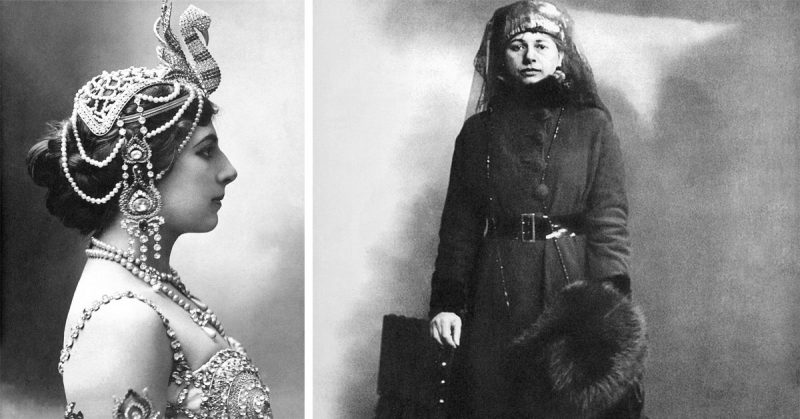To the rest of the men in the firing squad, she merely blew a kiss.
Mata Hari was a world-famous Dutch burlesque dancer and courtesan who was convicted of being a German spy during WWI.
The French claimed that, since she was Dutch and allowed to travel back and forth between enemy lines, she’d seduce French officers, get information, and then slip back over to the Germans and hand over what she had. She was executed by a firing squad in 1917.
The thing is, she was a spy but for the French. The French were doing so poorly in the war at that point and so many people were dying that they needed a scapegoat. They figured the best one would be the foreign escort who moved freely around the continent and was known to fraternize with the Germans.
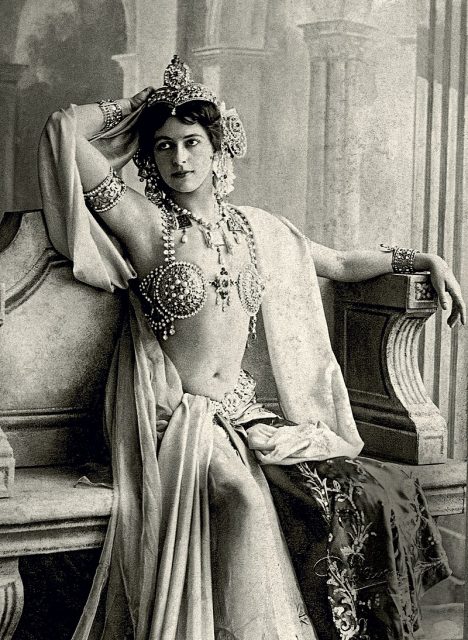
Mata Hari was a glittering star
She glittered and sparkled when she appeared onstage swaying mysteriously and seductively to oriental music. The lady was clad in a seemingly infinite gossamer veil that wrapped around her slender physique and culminated on the head with a razor-sharp headdress.
It was a performance and an outfit that made cinematic history. The description is of Greta Garbo in the film classic Mata Hari from 1931. It is still considered an on-screen triumph and the ultimate display of artful female seduction.
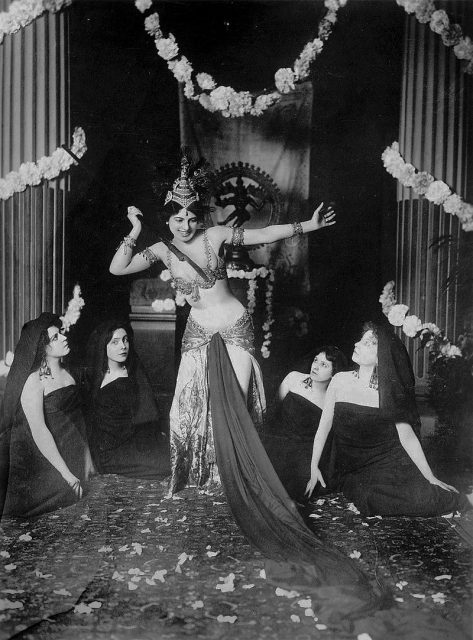
During the temple dance scene, Greta Garbo plays her role to perfection when she transforms into a goddess in a ceremony dedicated to the god Shiva.
The camera often switches focus from the stage to the elegantly dressed gentlemen in the audience who stare at Great Garbo as Mata Hari in almost stunned awe. Of course, they are gentlemen from the best circles in Parisian society, which was where the courtesan spy, in her heyday, moved with playful ease.
Apart from the fact that the actress Greta Garbo was admired for her golden hair and the eccentric Margaretha Geertruida MacLeod (Mata Hari) had dark hair, they were both phenomenal artistes.
Both women remain icons to this day. And they share one thing in common: they both played the role of Mata Hari to perfection — one in a movie and the other in real life.
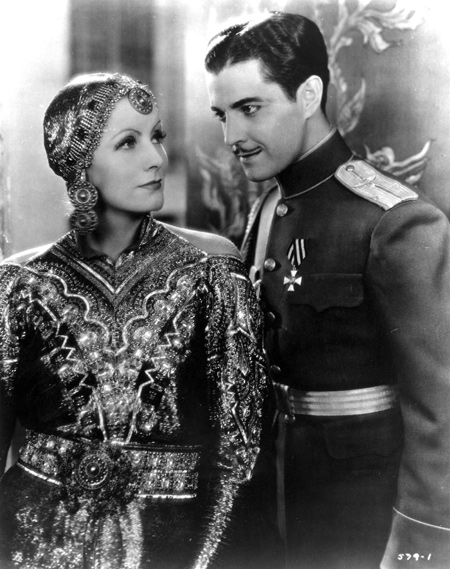
However, fate soon caught up with one of the most beautiful spies in history. Her web of fabrications and relationships came tumbling down just over 100 years ago. Mata Hari was executed on October 15, 1917 after a spectacular trial that shocked France and the world.
But who was she really?
Was she the most notorious spy in history? Or a mere scapegoat for political intrigue? A shrewd agent who just got unlucky? Or an innocent woman falsely accused of treason?
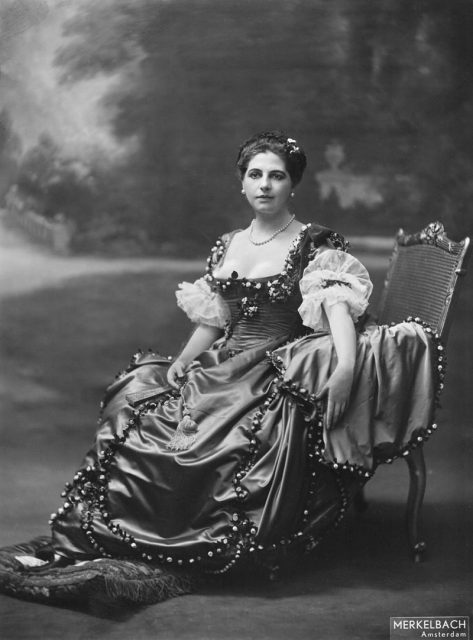
What is certain is that Mata Hari was one of the greatest chameleons of all time––she could create any persona and become it. She was peerless in her transformations, and she had the language and intellect to create a credible backstory to support her persona.
“I was born in the holy city of Jaffnapatam. My father was a highly respected Brahmin, and my mother was a temple dancer who died at the age of 14 giving birth to me. I grew up in the care of temple priests, where they consecrated me to Shiva. It was there when I was introduced to the holy mysteries of love and divine worship,” she once claimed.
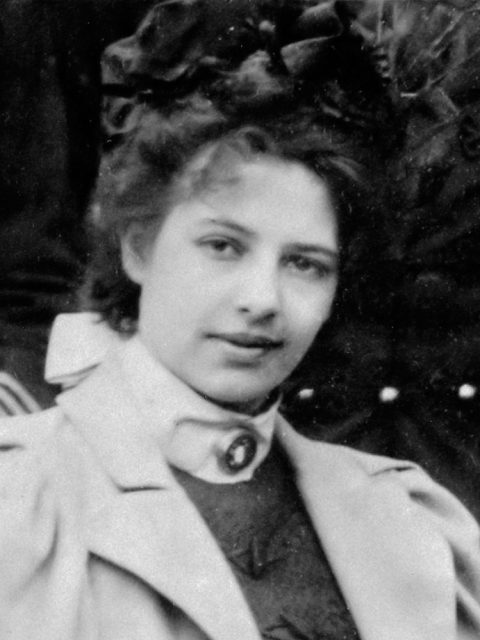
She created this version of her origins in her mind — it was her sales pitch. The beautiful nude dancer was not from India, but from the Dutch province of Friesland. She was not called “Mata Hari” but Margaretha Geertruida Zelle.
Margaretha was born in Leeuwarden in 1876 and her father, Adam Zelle, was not a Brahmin but a big-headed milliner who liked to be addressed by the title of “baron.” He achieved a degree of prosperity, and the young Margaretha grew up in a stately townhouse. Her father even presented his little daughter with a goat-drawn carriage for her sixth birthday.
However, her father went bankrupt because of speculative investments.
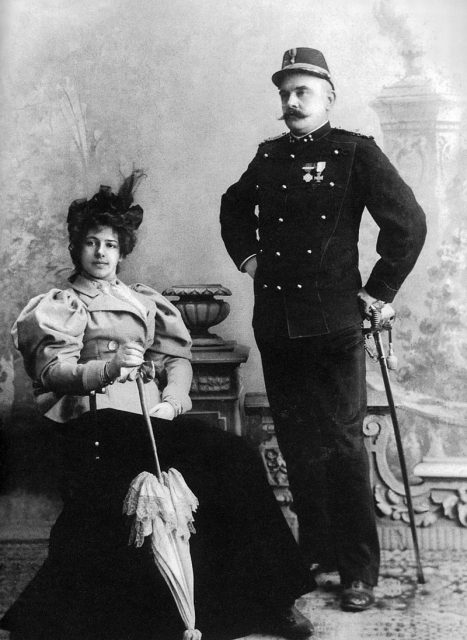
Margaretha, who eagerly sought to wheedle her way back to prosperity, got to know her future husband, the twenty-year-older Dutch colonial officer John MacLeod. They met through a newspaper advertisement. Already her penchant for men in uniform became apparent. It is a taste that would stay with her until her dramatic demise.
She and MacLeod very soon had a son together, but the couple were not happy. The situation deteriorated even more after the small family traveled by steamship to Java, then a Dutch colony, where John MacLeod served as a major.
The marriage was already broken when Margaretha gave birth to a baby girl. Around that time, her son died as a result of poisoning — possibly because of an attack involving an angry domestic worker. The couple went their separate ways soon after returning to the Netherlands in 1902.
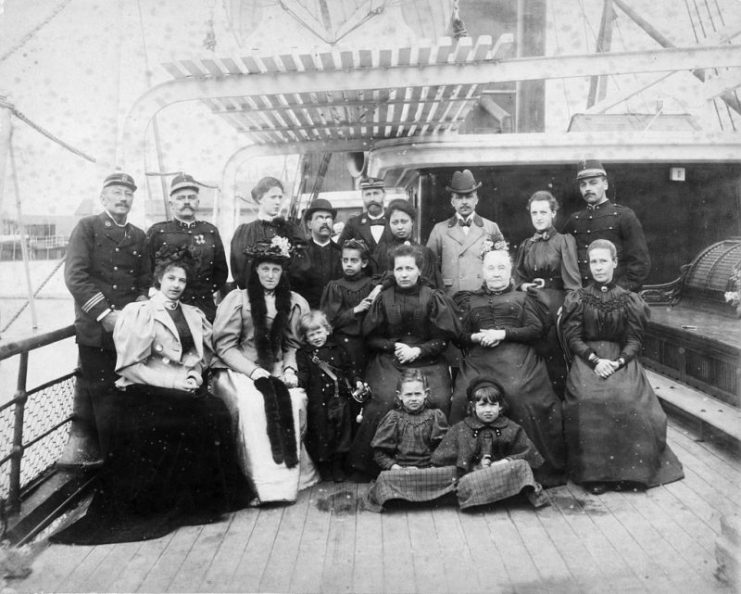
At last, Margaretha reached the city of her dreams
In Paris, she first scraped by earning a living as a mannequin, a model for painters, and even as a circus performer calling herself “Lady MacLeod” much to the chagrin of her husband’s family in the Netherlands.
It did not take long for her to come across her big chance. The veiled dance was born, something even the liberal denizens of the Parisian Belle Époque had never seen before.
Margaretha started letting her clothing slide off her frame for the first time in a bar in the Montmartre and, soon after that, at the salon of the influential Madame Kiréevsky. It is thanks to these somewhat lewd and frowned-upon performances that her former husband gained full custody of their daughter.
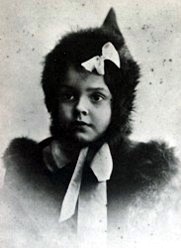
Margaretha became so famous that hundreds of photographs depicting her naked body circulated throughout Europe. However, she always wore a bra because she was self-conscious about her breasts.
Margaretha started to call herself Mata Hari, which is Malay for “Eye of the Dawn” (ie. the sun) but also means “red dawn” in Javanese. She soon devoted her attention to what she loved most, namely men with wealth. Bankers, industrialists, lawyers, diplomats, and senior officers were among her favorites.
Mata Hari started to frequent the most expensive and luxurious hotels at the same time as driving up the entrance fees for her performances to dizzy heights.
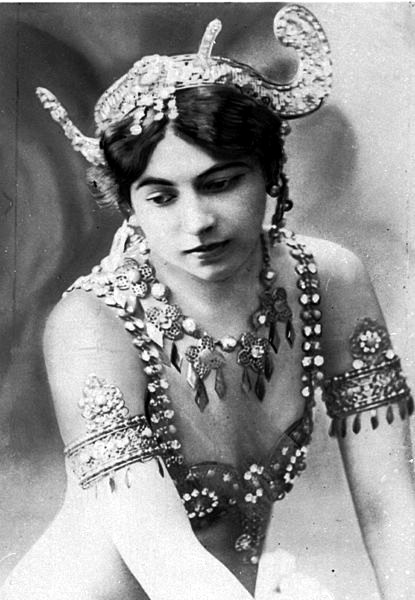
In 1905, she was at the peak of her success. She toured Madrid, Monte Carlo, and Vienna where her fans lay at her feet.
However, at the same time, she also discovered how fleeting fame could be. Her dream collapsed when she attempted to establish herself permanently as a dancer on the stage, for example, as Salome in the opera by Richard Strauss.
Furthermore, her exotic dances were no longer unique as a whole series of Mata Hari copycats emerged in the Moulin Rouge. Their acts were at least as revealing as the original.
By the time the First World War broke out in the summer of 1914, the somewhat deluded dancer was in search of new engagements in Berlin. Without valid papers or any luggage, Mata Hari barely managed to reach the Netherlands. There she appeared in a few performances at the theater and found a suitable residence in Den Haag.
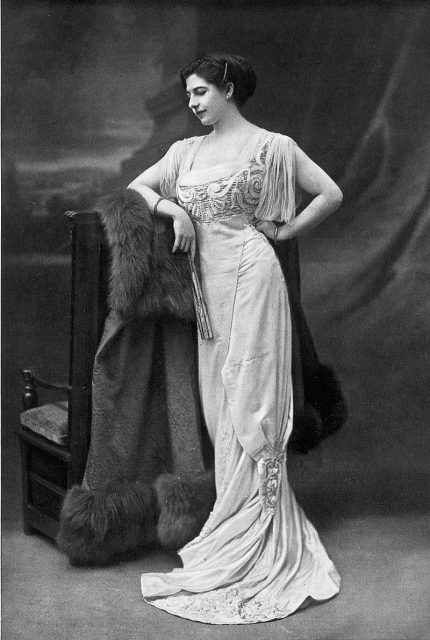
Mata Hari wanted nothing more than to go back to Paris
“She hardly danced,” claimed Colette, the French author and Noble Prize nominee for literature, who was another famous woman of the time. “But she knew how to undress progressively, moving her long, tanned, slender, and proud body.” In the end, Colette said, she was “almost naked, with her eyes held low and her face hidden and wrapped in a veil.”
The pioneer of what we today call striptease was most men’s dream, and she could not stay away from their attention. She was the ultimate attraction of the Belle Époque. Even though she had collected numerous wealthy lovers in the form of ambassadors, ministers, and princes, she had one particular proclivity.
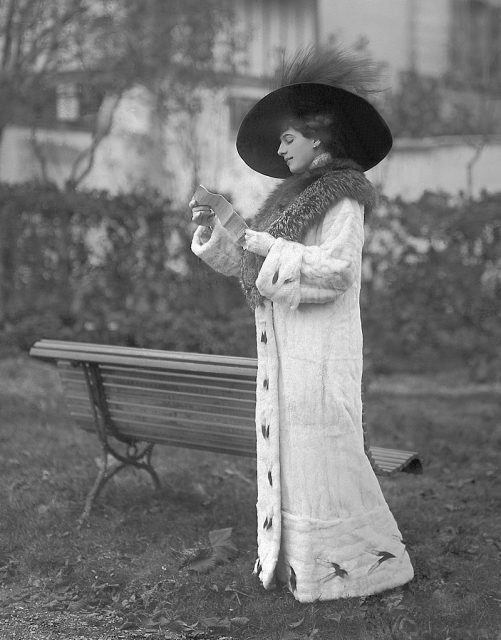
This 1.78-meter tall Venus evidently preferred to sleep with uniformed men. “I love officers, I’ve always loved them,” Mata Hari said during her trial in 1917. “I’d rather be the mistress of a poor officer than a wealthy banker.” Nevertheless, she eagerly took bankers as well — her extravagant lifestyle was costly.
Were men dressed in uniform the reason for her descent into the abyss?
As her star gradually began to sink, she became increasingly financially distressed. It was during this time when the German Consul, General Carl H. Cramer, suggested she become a secret agent in 1915.
The signing up bonus for the glamor girl with the code name “H21” was 20,000 francs. And her orders were simple: continue your role as an elite courtesan and listen to the explosive war secrets under the quilts with English and French officers.
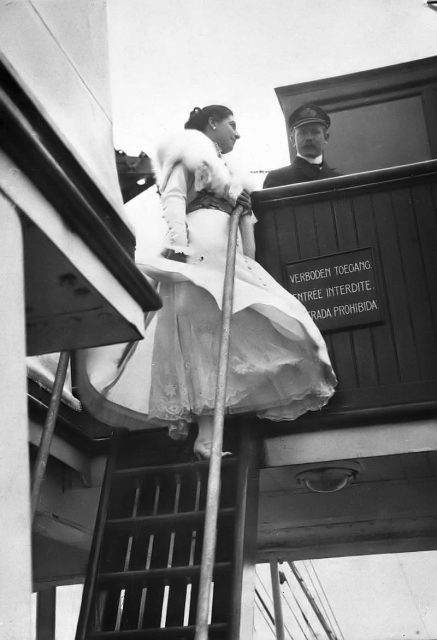
At the same time, the French secret service also hired Mata Hari. From them, she demanded a million francs. And so was birthed the legend of the double agent. However, the French very soon discovered that she was playing both sides.
French counter-espionage agents detained the super-courtesan at the Elysées Palace Hotel, a Parisian luxury establishment, on February 13, 1917.
According to legend, she was taking a bath at the time of her arrest, an activity she refused to end prematurely. To appease her French detainees, she sashayed around her room naked serving them chocolates.
Only after her bath would Mata Hari appear before Captain Pierre Bouchardon, the examining magistrate of the military tribunal.
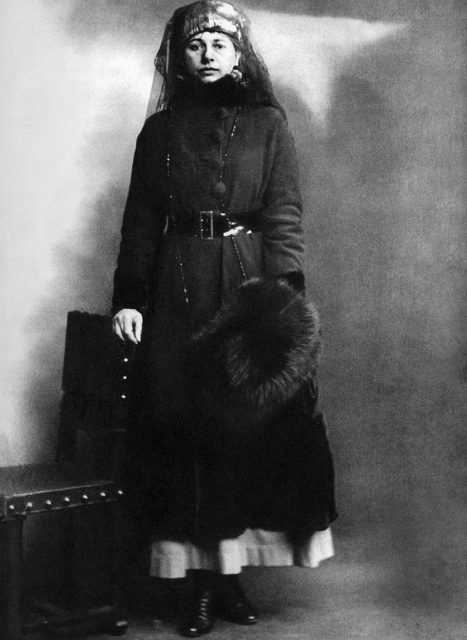
However, her activities as a spy in the service of the enemy could not be proved during the months of hearings. But when Mata Hari admitted on May 22, 1917, that she had received payment from the German embassy, Bouchardon sealed her fate:
“I only saw a tall woman with beaded lips and a coppery complexion with fake pearls in her ears and wild of nature, so feline, lithesome and cunning. Without any remorse, she was used to helping herself to any man; in effect, she is the type of woman who is predestined to be a spy.”
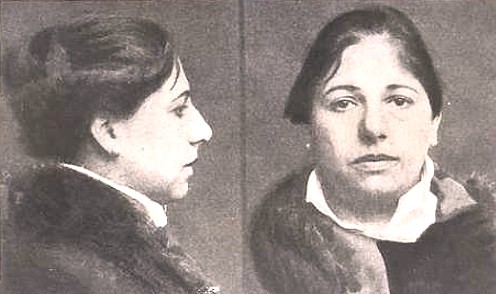
On July 25, 1917, Mata Hari was sentenced to death for treason and double espionage. For the French, it was clear that she was a master spy and responsible for the deaths of thousands of soldiers. This was a myth that collapsed when the British Secret Service released top-secret files in 1999.
When the taste for luxury costs you your life
According to British findings, the legendary goddess of sensuality was indeed recruited by the German consul in Amsterdam as a spy for a five-figure sum during the First World War. However, not once did Mata Hari leak war-related information to the Germans.
The Secret Service concluded that the task was merely a convenient source of income for the profligate lover of luxury.
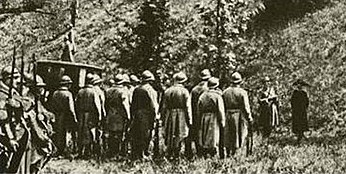
Those very same files also claimed that Mata Hari never gave a complete confession and mainly resorted to relating Parisian gossip during her interrogations. At the same time, the French state had a way to distract from the failed operations at the front in 1917.
A divorced foreigner, known courtesan, and nude dancer — there could hardly have been a better scapegoat for the role of the treacherous double agent who had caused the military disaster that resulted in the loss of so many French lives.
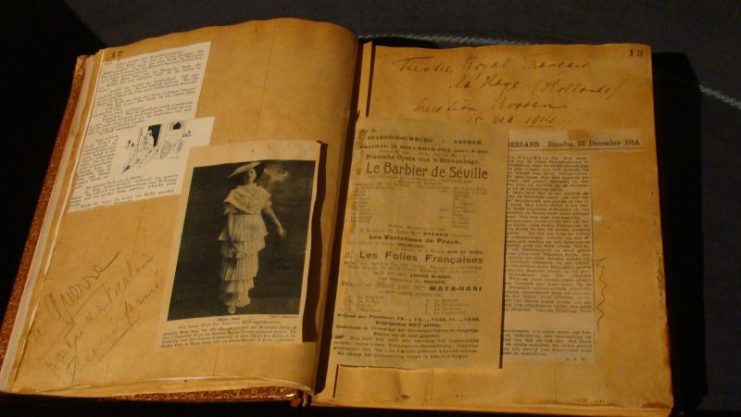
We cannot be sure whether she was, in fact, a double agent. What we do know is that she was a courageous woman
At the moment of her death, Mata Hari showed heroic steadfastness and courage. She declined the offer of a blindfold. Instead, the dark-haired beauty stared the twelve-strong firing squad of Moroccan soldiers right in the face until the bitter end.
“Monsieur, merci,” said the 41-year-old woman to the officer in command who was about to give the order to open fire. To the rest of the men in the firing squad, she merely blew a kiss. And some eyewitnesses even claim that she dropped her fur coat at the last moment, revealing her nakedness beneath.
Whatever happened, 12 rifles fired and 11 bullets hit home. The femme fatale and alleged master double agent died at dawn on October 15, 1917, at Vincennes Castle outside of Paris.
